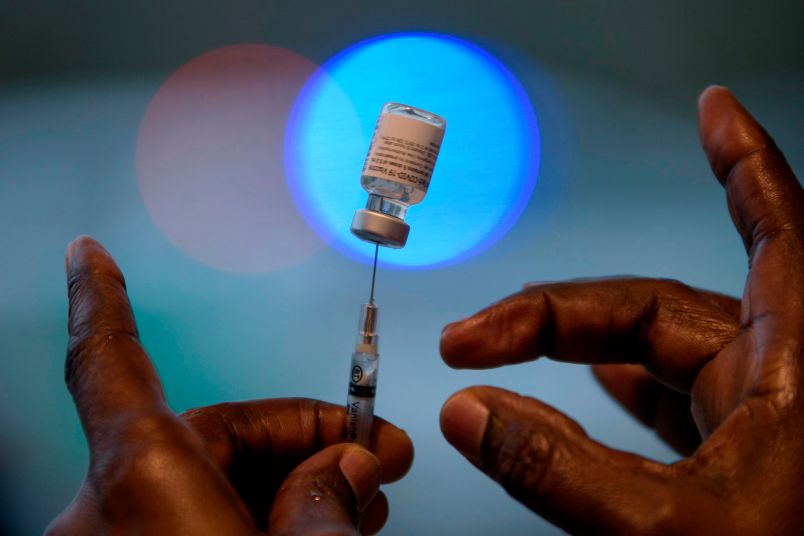As we noted in various articles over the last two days the Trump administration (albeit mainly career civil servants) deserve some credit for Operation Warp Speed, which backstopped the risk in private pharmaceutical companies of going all out in vaccine creation and production. But on the distribution front, their record was close to catastrophic. As Josh Kovensky and Kate Riga explain here, they literally had no plan to do anything. The “plan” was not to have a plan. The military would airlift the supplies to designated airports in each state and then it was up to the states.
So why did the administration at least do the basic blocking and tackling of federal support for vaccine development and drop the ball entirely on a plan to get the country vaccinated?
Some of this may be incompetence and some may be ideological – a general aversion to federal government power or government involvement in general. But those aren’t the big story. Two clear reasons stand out and we can see how they played out on many other Pandemic response issues over the last year. The two reasons are closely conjoined.
There are roughly 330 million people living in the United States. It’s a vast country – one of the largest in the world by population and geography – with no unitary health care distribution system. Quite simply it’s a gargantuan task to get two shots each in 330 million arms. It’s a huge feat of logistics, data management, public persuasion and manufacturing. We all want to get this done tomorrow. But it’s worth taking a moment to get our heads around just how big a job that is. 330 million people. People in the country’s endless suburbs. People in rural America. Immigrants families with language barriers or trepidation about interactions with the government. It’s a huge endeavor. Quite simply, it’s super hard.
The risk protection provided by Warp Speed was important. But it was still fairly straightforward to accomplish. Work with a relatively small group of pharmaceutical companies to subsidize some efforts and agree in advance to purchase vast quantities of product before it’s certain that the vaccines will work or even be needed. This mainly relies on something the federal government has in abundance: money. This isn’t to cheapen the work of the civil servants and appointees involved. But it is a discrete, manageable endeavor. That’s altogether different from a nationwide vaccination effort. You need people who are experienced in sweating the details of governance in almost all its dimensions. And the Trump administration had virtually none of those people. Indeed it had an ingrained disdain for those people.
Which brings us to the second, related point. From the very start of the Pandemic in the first weeks of 2020 the Trump administration consistently sought to disclaim responsibility for things that would be genuinely difficult and could have challenging or bad outcomes. Push the tough tasks on to others and if it goes badly blame them. This frequently went to absurd lengths as when the White House insisted that states short on ventilators at the peak of the spring surge should have known to purchase them in advance of the pandemic. Over the course of the year Trump spun up an alternative reality in which the US was somehow still operating under the Articles of Confederation in which individual states were responsible for things that have been viewed as inherently federal responsibilities for decades or centuries.
But the impetus wasn’t ideological. It was mainly a means of self-protection and risk avoidance: arrange things so that the administration could take credit if things went well and blame states if they went bad. Nowhere was this more clear than in the months’ long crisis over testing capacity. Since the administration was actually hostile to testing in general and couldn’t solve the problem in any case they simply claimed it was a state responsibility.
This is the origin of the White House’s “plan” to not have a plan to inoculate the country. The federal government would manage the relatively easy task of airlifting supplies in bulk to states at designated airports and then let the states figure out how to get them into people’s arms.
It was an incredibly hard task and the best solution was to put it off on someone else so the White House didn’t get the blame. It’s really that simple. The through line to Trump’s Pandemic response from January through his final day in office was protecting himself. It really is as simple and depressing and disgraceful as that.


 Members-Only Article
Members-Only Article

